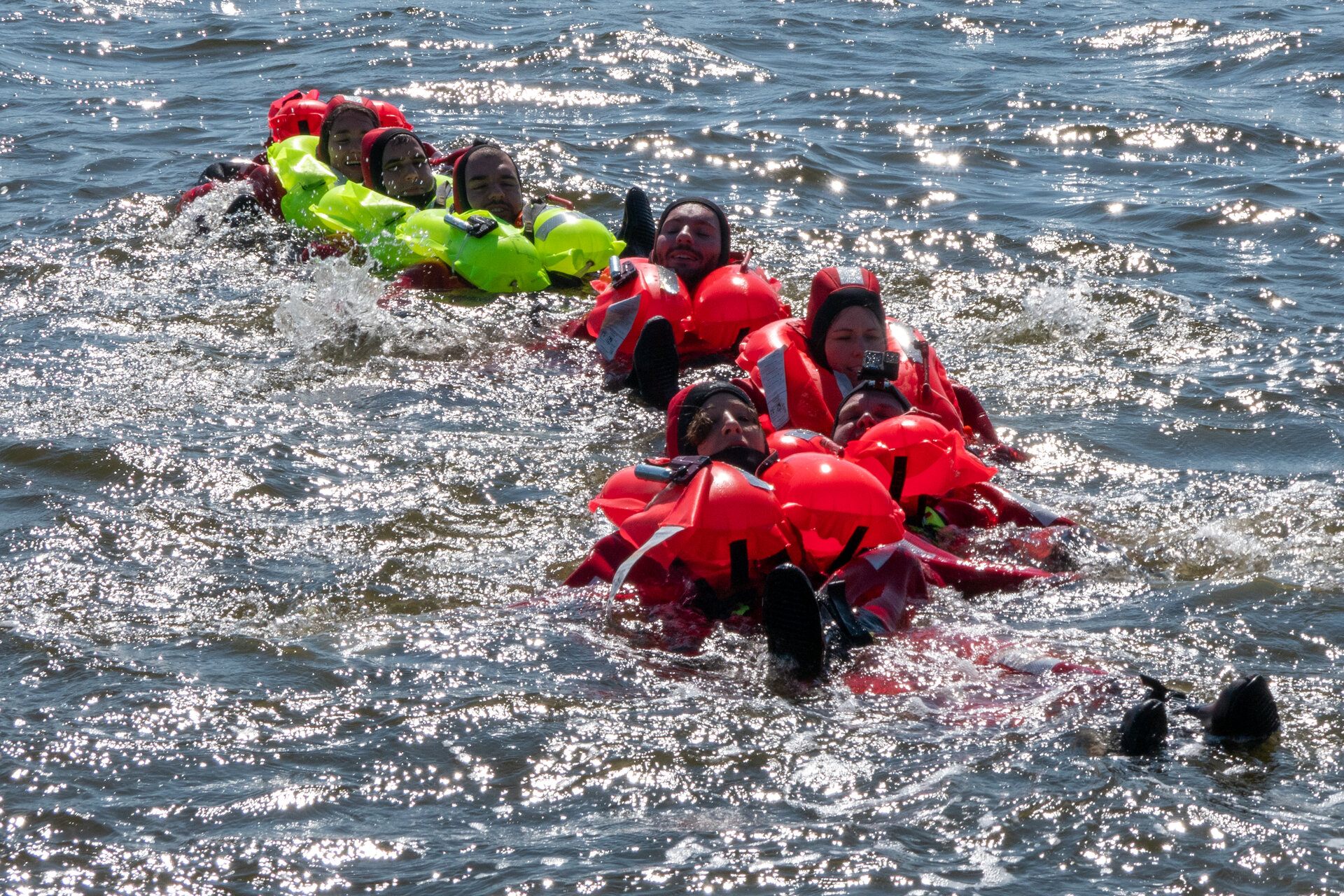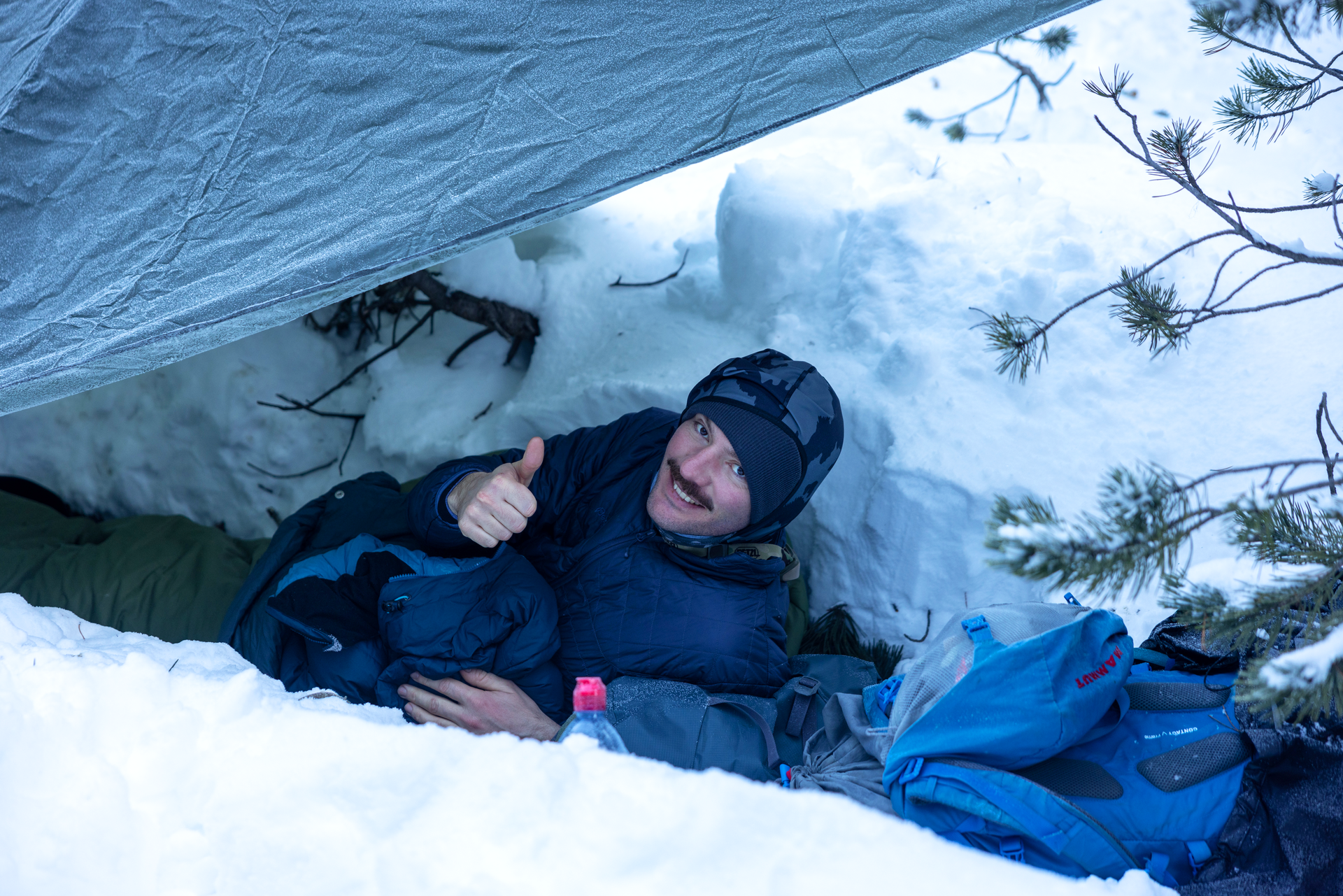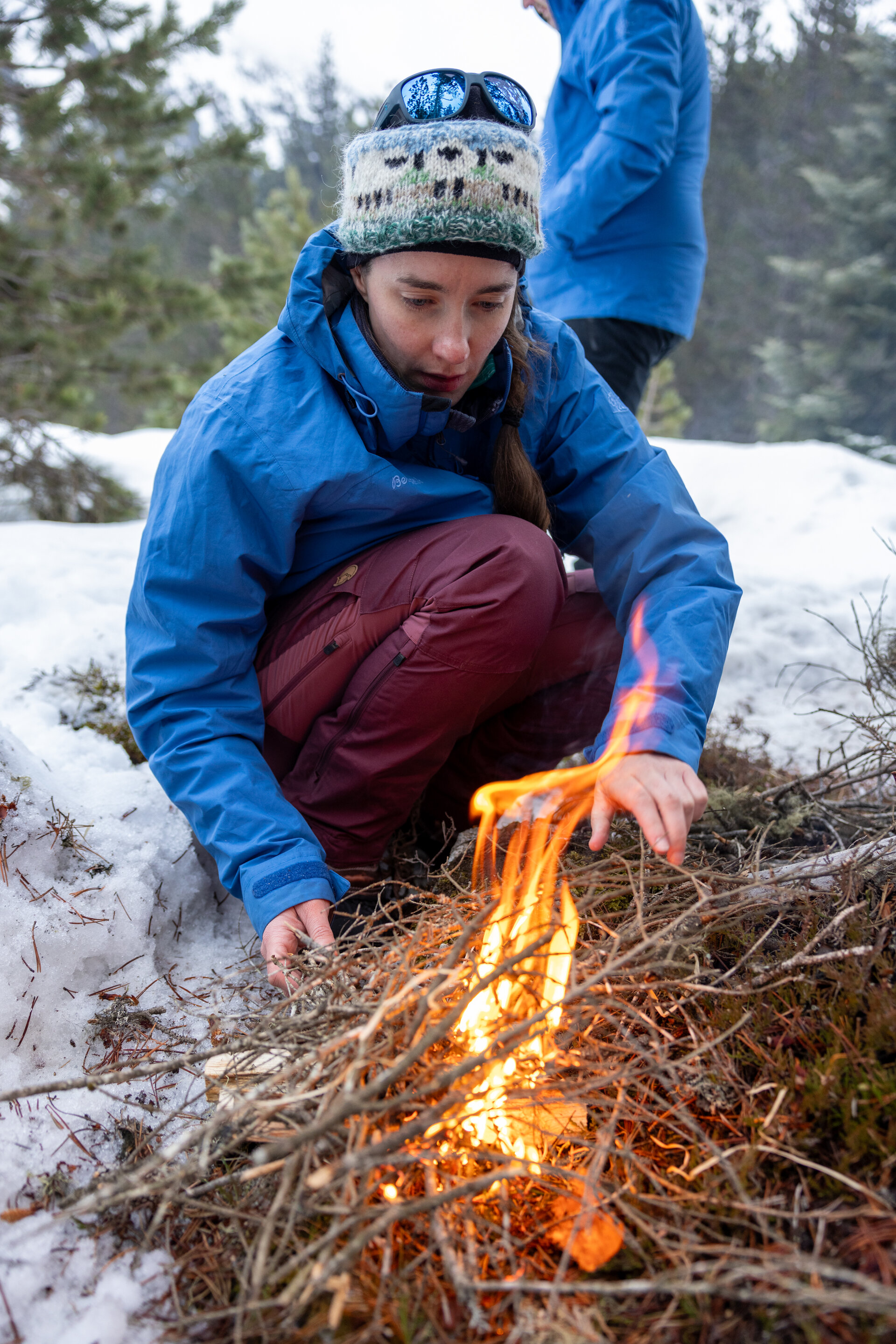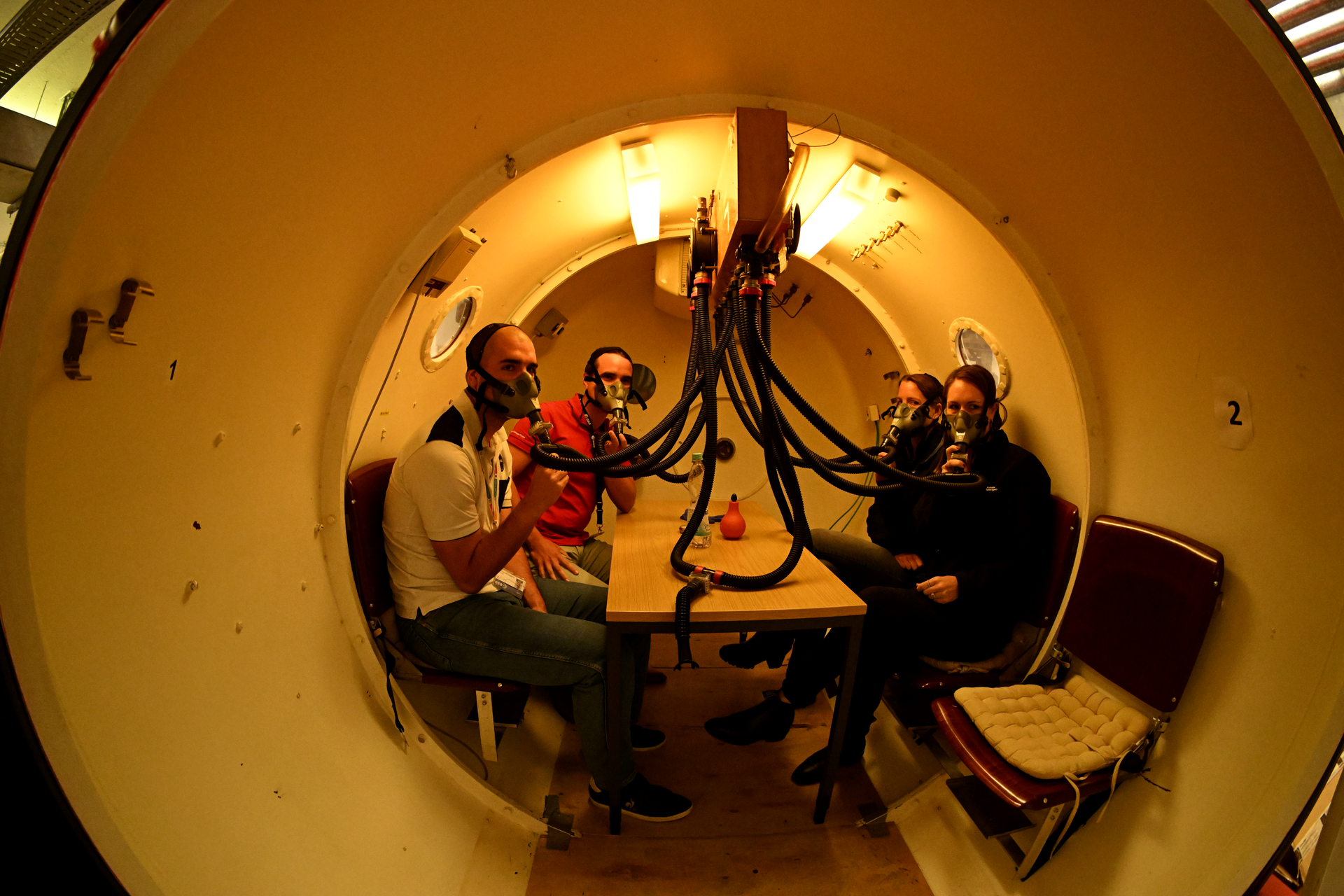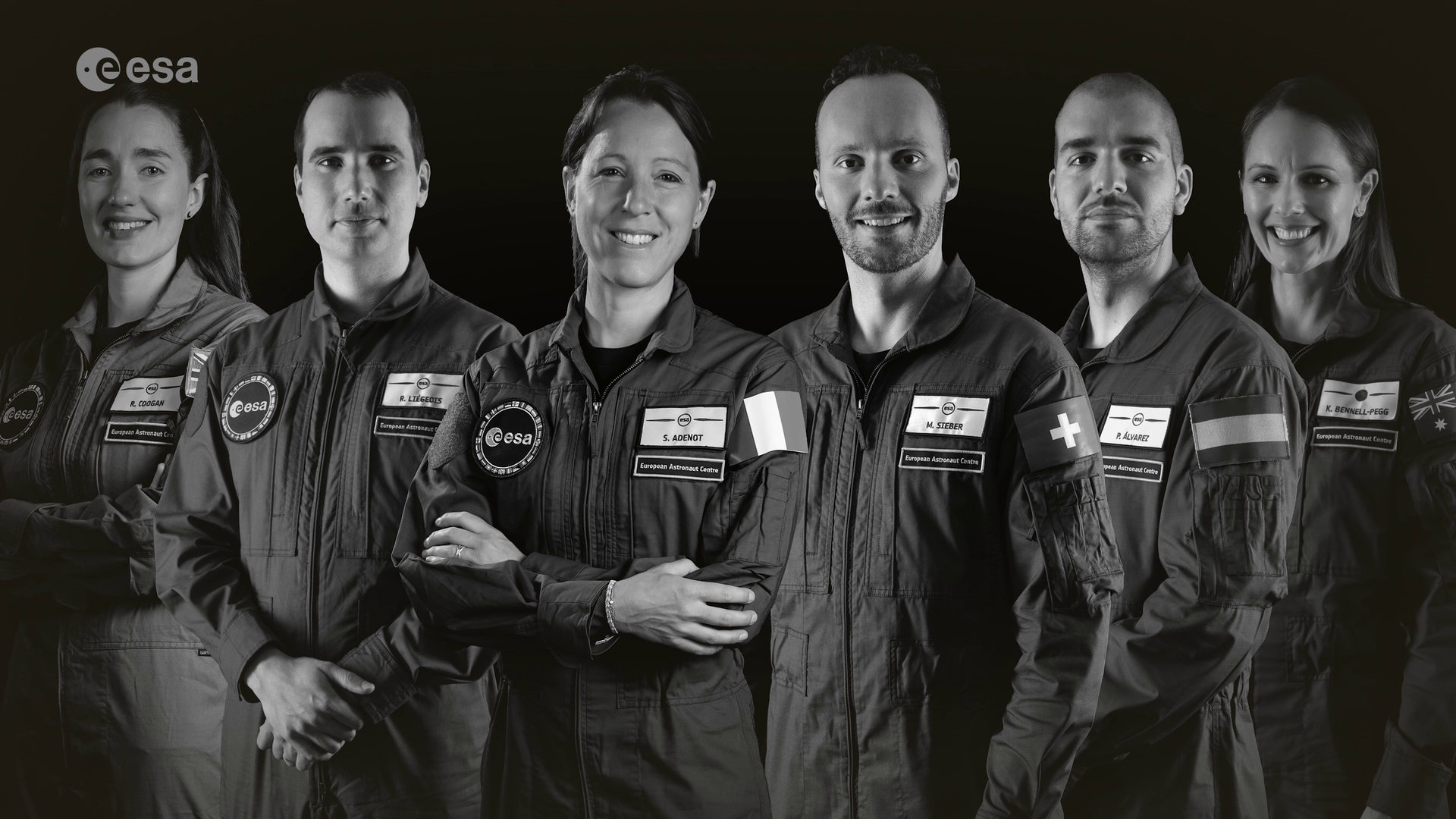14.04.2024

One year of basic training will soon bear fruit for ESA’s astronaut candidates Sophie Adenot, Pablo Álvarez Fernández, Rosemary Coogan, Raphaël Liégeois, Marco Sieber and Australian Space Agency astronaut candidate Katherine Bennell-Pegg.
On 22 April 2024, these astronaut candidates will receive their certification at ESA's European Astronaut Centre in Cologne, Germany, officially becoming fully fledged astronauts eligible for spaceflight.
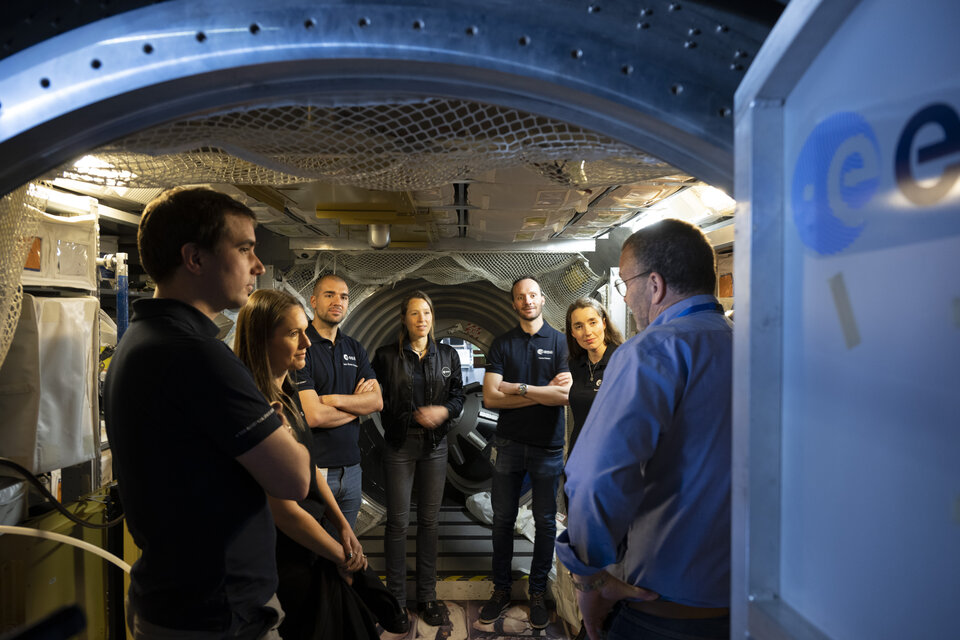
Their journey began in April 2023 upon arrival at the European Astronaut Centre, commencing a year-long astronaut basic training at Europe's hub for astronaut formation.
Chosen from a pool of 22,500 applicants from ESA Member States, the ESA astronaut class of 2022 comprises 17 members, including five astronaut candidates and 12 members of an astronaut reserve.
Australian Space Agency astronaut candidate Katherine Bennell-Pegg joined the group through a cooperation agreement with ESA. The soon-to-be first Australian astronaut in history, followed all the courses of the basic training together with her European classmates.
“As the chapter of basic training successfully concluded and we eagerly anticipate the next, we're reminded that our journey through the stars is not just about reaching new heights, but about the connections we forge along the way. It's the stories of perseverance, camaraderie, and shared dreams that define us, shaping the tapestry of our shared human experience in space,” says head of ESA's European Astronaut Centre Frank De Winne.
All-round astronaut training
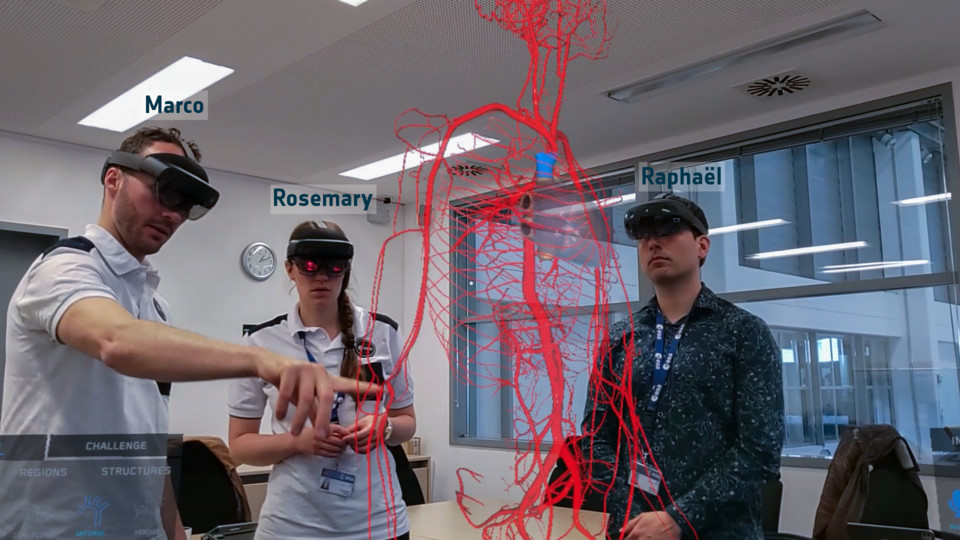
Basic astronaut training serves as a foundational step, providing candidates with a well-rounded understanding and proficiency across various disciplines, essential for their future roles and responsibilities in space.
“Looking back on the past year, it's been an incredible journey of growth and preparation, filled with a diverse array of training experiences. Together, we've grown stronger, more resilient, and ready to embark on the adventure of a lifetime in space,” says Rosemary.
Beginning their journey as aspiring space scientists, the astronaut candidates immersed themselves in fundamental biology and scientific laboratory techniques. This groundwork ensures they are well-prepared for conducting scientific experiments aboard the International Space Station.
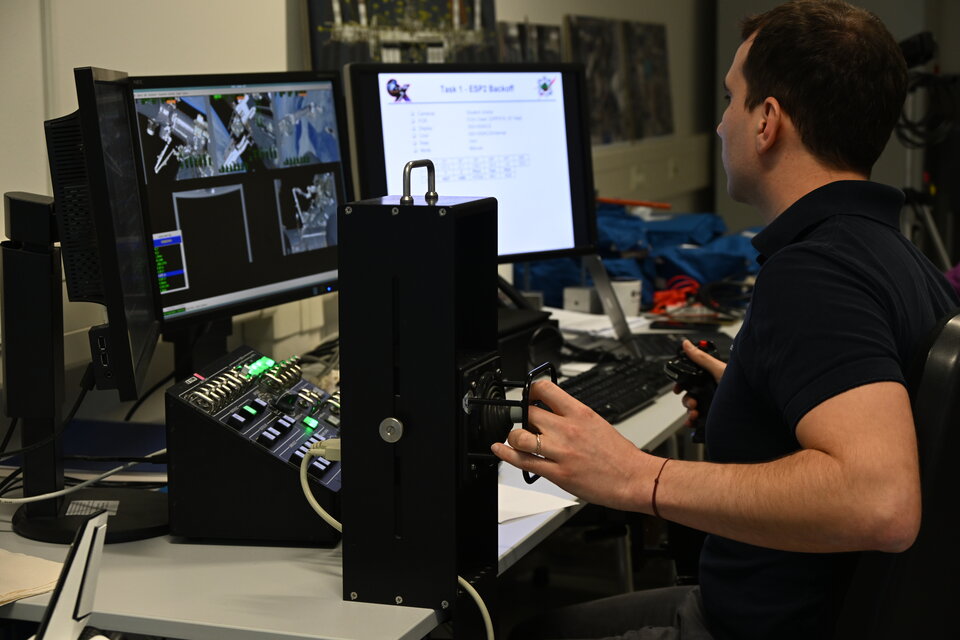
Medical training was an essential component, equipping candidates with a solid grasp of human anatomy and physiology, crucial for understanding the physiological impacts of spaceflight. This knowledge will enable them to effectively handle medical tasks and experiments in the unique environment of space.
Technical skills were also honed through instruction in spacecraft systems, flight engineering, robotics, and life support systems, providing candidates with the necessary expertise for mission success.
A highlight of their training involved simulated spacewalks in ESA's Neutral Buoyancy Facility and NASA's Neutral Buoyancy Laboratory. Diving into the training, being underwater provides the closest environment to a real spacewalk. Here, the astronauts learn how to venture outside a spacecraft while wearing spacesuits, to perform critical repairs and install new equipment on the International Space Station.
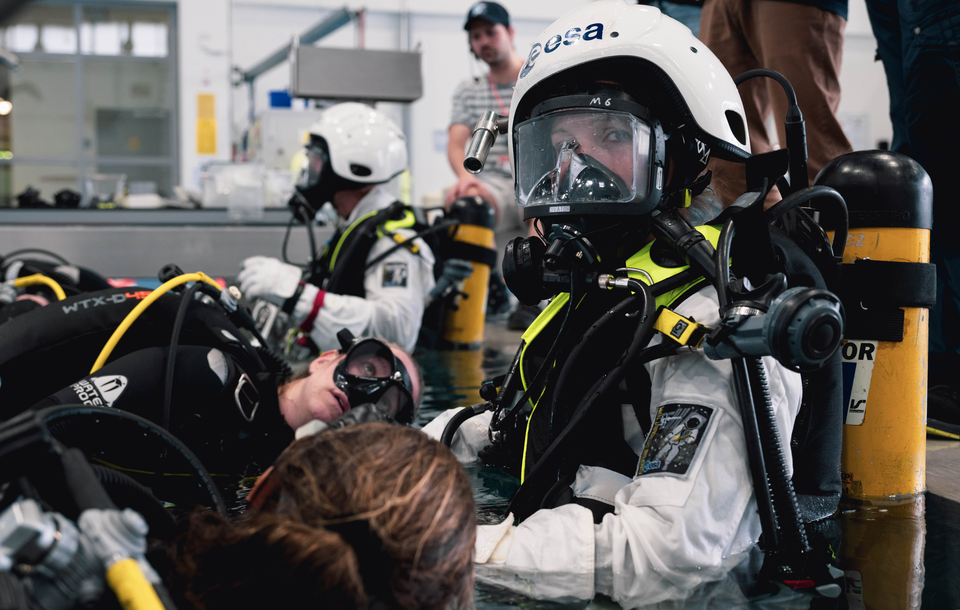
“Basic training was a huge transition year. Gathering new information, experiencing new activities, meeting new colleagues and friends. A true whirlwind! My personal training highlights were the spacewalk simulations which are intense but fantastic. It's where we learn to work effectively outside the spacecraft, knowing that our skills are critical for the success of a mission and the safety of our teammates,” says Sophie.
Lessons in astronomy, astrophysics, and meteorology further enriched their understanding of celestial phenomena and Earth observation, crucial for navigating space missions and understanding weather patterns impacting spacecraft launches and landings.
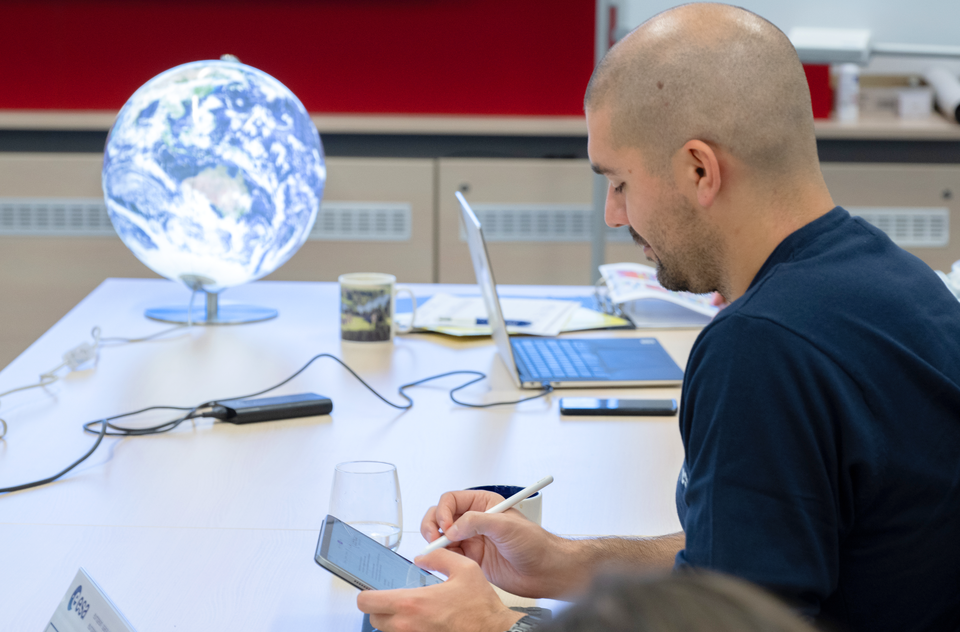
Additionally, survival training in water, winter conditions, and firefighting ensured candidates are well-prepared to handle emergencies effectively. They also experienced the effects of hypoxia's first-hand in a pressure chamber, enabling them to recognise symptoms and respond accordingly in low-oxygen environments in case of an air leak or reduced pressure in a spacecraft.
“From the first day of astronaut training to the upcoming certification, each experience was as insightful as meaningful. From survival training that teaches us to stay calm and focused in the face of emergencies, to understanding how our bodies respond to space and how to mitigate those effects. It's about being prepared for anything,” says Marco.
Exciting experiences such as centrifuge rides to simulate high g-forces during rocket launches and zero-gravity flights provide candidates with a taste of the unique challenges and sensations awaiting them in space.
“Our journey from hopeful candidates to soon-to-be astronauts has been a thrilling adventure. Actually, much like the centrifuge rides! While they may induce dizziness at times, it's a feeling that excites me about my job every day, knowing it's all part of the preparation for the incredible journey ahead,” says Pablo.
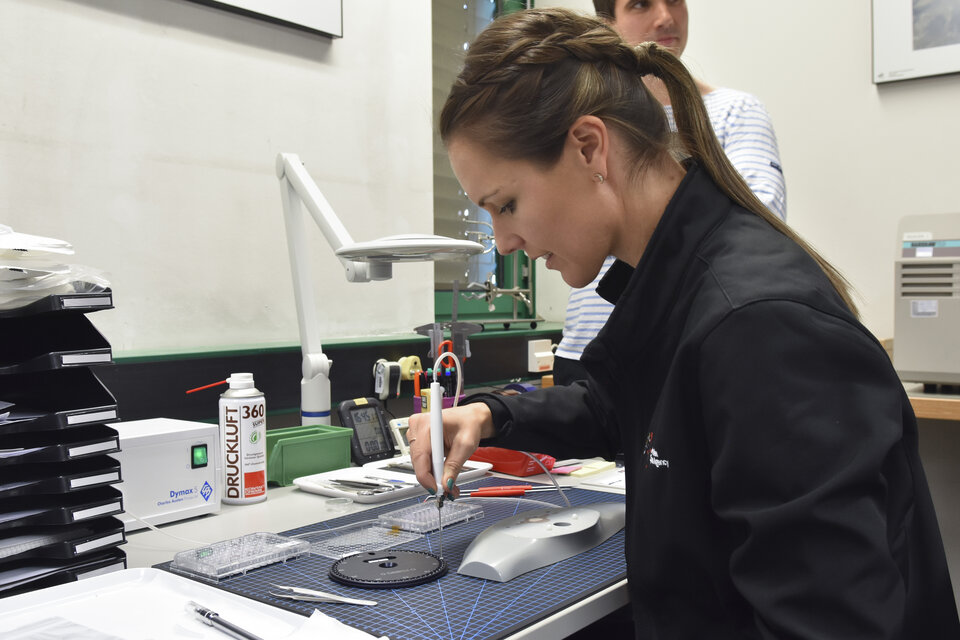
However, behind the candidates lies not only a year packed with intense training, gaining new experiences and knowledge, but also forging new collaborations and friendships in Europe and around the globe.
“We've had an amazing team experience. Team cohesion is vital for astronauts, ensuring safety and mission efficiency. Learning to build trust within teams has been a significant focus, both in theory and practice. Seeing it all come together has been fascinating. For me, it's the culmination of social and professional experiences, and now we're embarking on this adventure together,” says Katherine.
The next chapter for ESA’s astronaut graduates
The astronauts will, upon certification, proceed to the next phases of pre-assignment and mission-specific training, which builds on previous knowledge and will be tailored to their future missions to the International Space Station and beyond.
“As we graduate and move forward, our eyes are set on the stars. We're ready to take the skills and knowledge we've gained and apply them to the challenges that lie ahead, embracing every opportunity that comes our way, here on ground at the European Astronaut Centre, and when we reach for new heights in exploration,” says Raphaël.
For now, all five new European astronauts will be assigned for missions to the International Space Station to conduct scientific experiments, many of which originate from Europe.
Until being assigned to their space flight mission and advancing to the next training phases, the new astronauts will take part in operational tasks within ESA. These tasks may include working in mission control, crew support, or EUROCOM. Additionally, they will undergo refresher training sessions, maintain physical fitness, participate in public relations efforts, and contribute to education and outreach activities.
“As they prepare to take their next steps, it’s amazing to see how well they carry with them the lessons learned from the current class of astronauts, the new friendships forged, but also their own dreams and ideas, contributing to the overall spirit and capabilities of the European Astronaut Corps. It is this collective force that enables Europe’s amazing journey into the cosmos, to explore the unknown and to inspire a future generation of explorers,” concludes ESA astronaut and head of astronaut operations at the European Astronaut Centre Alexander Gerst.

